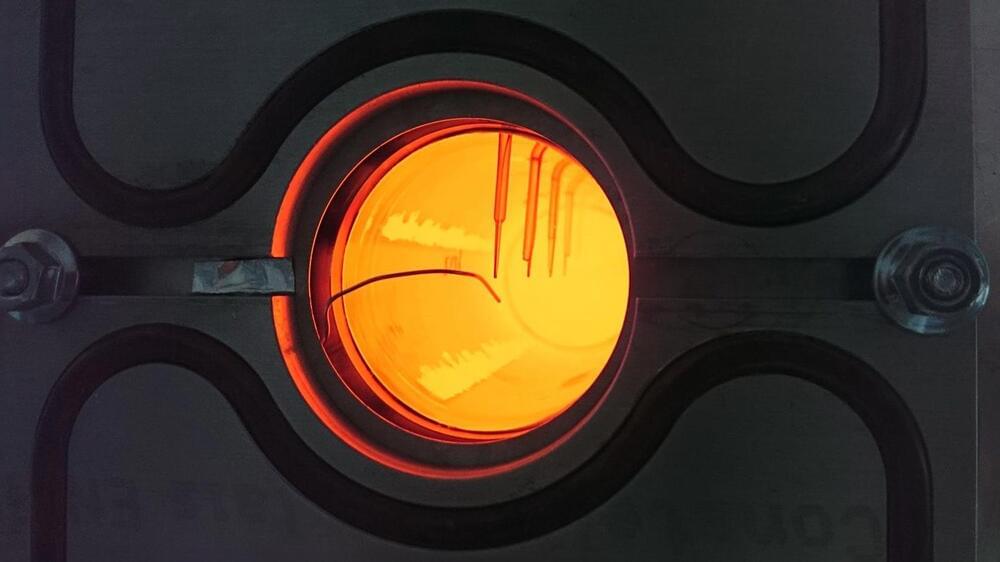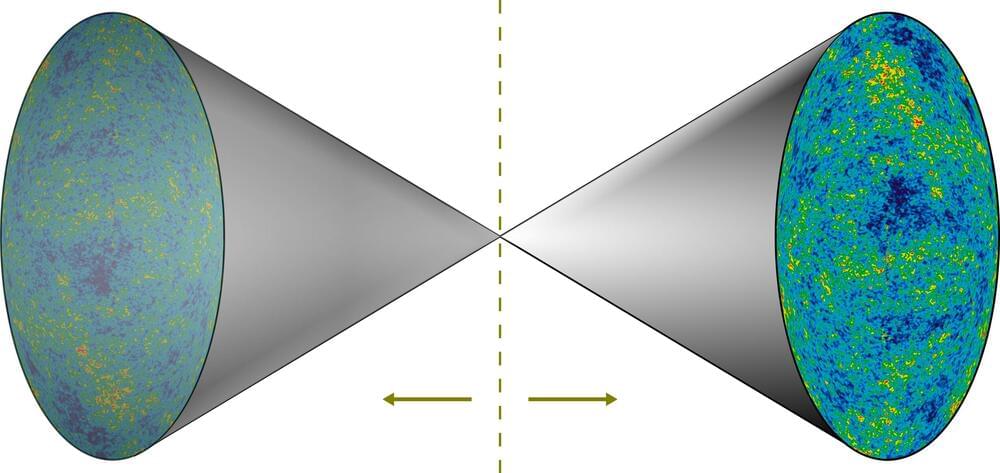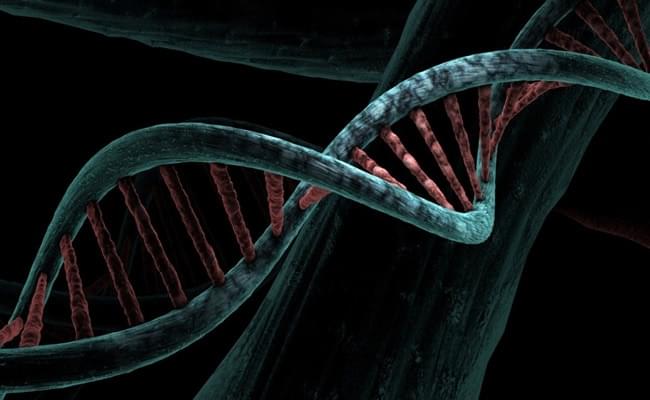The most powerful active volcanoes known to exist, on Jupiter’s moon Io, have been photographed in exceptional detail by Large Binocular Telescope in Arizona.



The mercurial billionaire said in a subsequent X post that xAI’s pre-money valuation was $18 billion. The financial term refers to the value of a company before any equity investment is made.
Pre-money valuation was $18B— Elon Musk (@elonmusk) May 27, 2024
Sunday’s announcement marks the first time xAI has talked about its fundraising efforts. Musk had repeatedly denied earlier reports from Bloomberg and the Financial Times about xAI’s outreach to investors.

Swiss researchers have developed a solar energy method using synthetic quartz to achieve temperatures above 1,000°C for industrial processes, potentially replacing fossil fuels in the production of materials like steel and cement.
Instead of burning fossil fuels to reach the temperatures needed to smelt steel and cook cement, scientists in Switzerland want to use heat from the sun. The proof-of-concept study uses synthetic quartz to trap solar energy at temperatures over 1,000°C (1,832°F), demonstrating the method’s potential role in providing clean energy for carbon-intensive industries. A paper on the research was published on May 15 in the journal Device.
The Need for Decarbonization.

I don’t know if this true but it definitely could be as most civilizations are probably more advanced than the earth.
A survey of five million distant solar systems, aided by ‘neural network’ algorithms, has discovered 60 stars that appear to be surrounded by giant alien power plants.
Seven of the stars — so-called M-dwarf stars that range between 60 percent and 8 percent the size of our sun — were recorded giving off unexpectedly high infrared ‘heat signatures,’ according to the astronomers.
Natural, and better understood, outer space ‘phenomena,’ as they report in their new study, ‘cannot easily account for the observed infrared excess emission.’

Scientists from Nagoya University in Japan have identified the role of serotonin neurons in linking glucose availability to reproductive health. Their research demonstrates how elevated glucose levels stimulate serotonergic neurons, leading to the release of serotonin, which in turn activates kisspeptin neurons responsible for reproductive hormone release. These findings explain why poor nutrition affects fertility and suggest potential treatments for depression-induced infertility through the use of selective serotonin reuptake inhibitors (SSRIs). Credit: SciTechDaily.com.
Scientists from Nagoya University in Japan have clarified the connection between energy levels and fertility in both animals and humans. They discovered that signaling from serotonin neurons plays a crucial role in maintaining reproductive function by detecting glucose availability, which in turn enhances the release of the reproductive hormone gonadotropin. These findings also offer an explanation for the reduced fertility seen in individuals with depression and suggest potential treatments. The study was published in Scientific Reports.
People who lack sufficient nutrition encounter problems with their reproductive health. For example, ballet dancers can experience menstrual disruptions, and women who fast can struggle to conceive. According to a new study led by Designated Associate Professor Sho Nakamura and Professors Hiroko Tsukamura and Satoshi Ohkura, one of the main factors that affect a person’s reproductive health is glucose availability.

Optical waves propagating through air or multi-mode fiber can be patterned or decomposed using orthogonal spatial modes, with far-ranging applications in imaging, communication, and directed energy. Yet the systems that perform these wavefront manipulations are cumbersome and large, restricting their utilization to high-end applications.

The accelerated expansion of the present universe, believed to be driven by a mysterious dark energy, is one of the greatest puzzles in our understanding of the cosmos. The standard model of cosmology called Lambda-CDM, explains this expansion as a cosmological constant in Einstein’s field equations. However, the cosmological constant itself lacks a complete theoretical understanding, particularly regarding its very small positive value.

Utilizing distributed self-driving lab technology, the University of Toronto’s Acceleration Consortium rapidly identified 21 high-performing organic solid-state lasers (OSL) materials, marking a significant advance in molecular optoelectronics and paving the way for future materials discovery. (Artist’s concept). Credit: SciTechDaily.com.
Organic solid-state lasers (OSLs) offer significant potential for various applications thanks to their flexibility, color adjustability, and high efficiency. Nevertheless, they are challenging to produce. With the need for potentially over 150,000 experiments to identify viable new materials, fully exploring this space could take many lifetimes. In fact, in the previous few decades, only 10–20 new OSL materials have been tested.
Researchers with the Acceleration Consortium based at the University of Toronto, took up this challenge and used self-driving lab (SDL) technology that, once set up, enabled them to synthesize and test over 1,000 potential OSL materials and discover at least 21 top performing OSL gain candidates in a matter of months.

The author and National Geographic fellow shared on Instagram that “gardening is much better than joining any gym”
The explorer and educator, 63, dubbed the outdoor activity as “the best longevity exercise you could do”
Buettner has become well known for his research into five “blue” zones across the world where inhabitants regularly live well into their old age.
